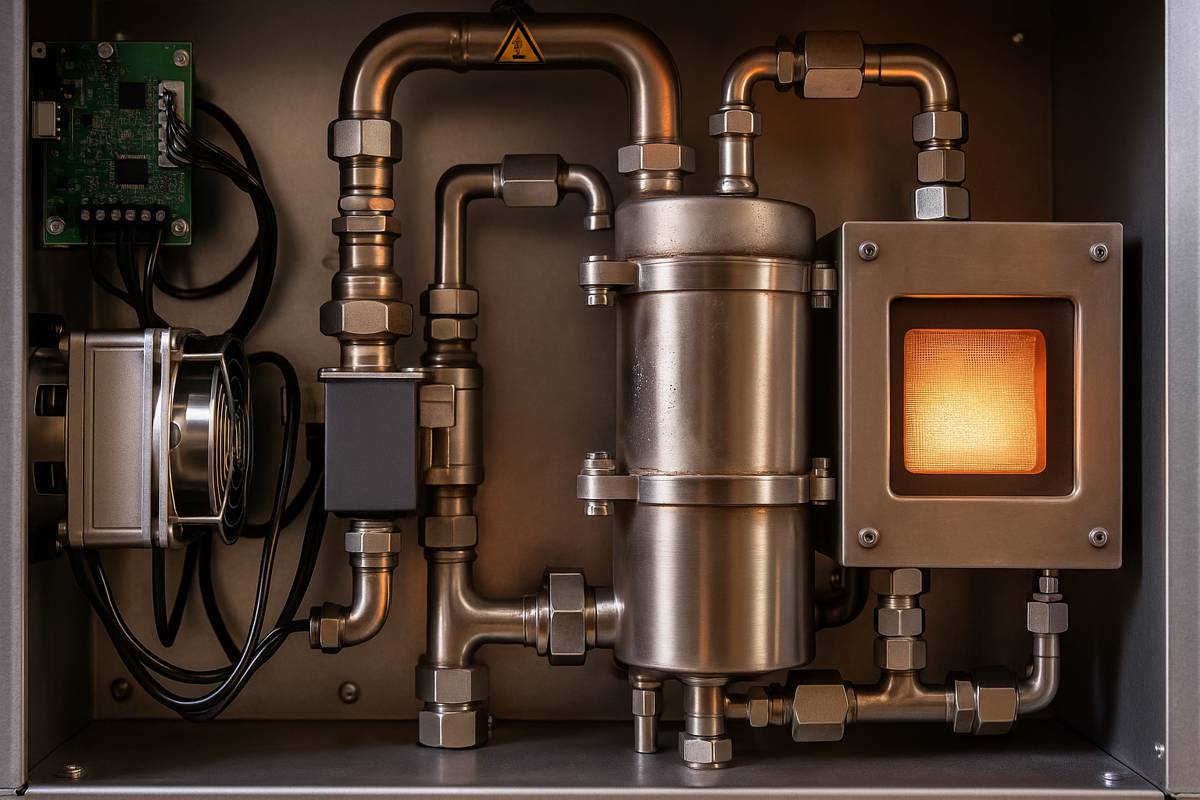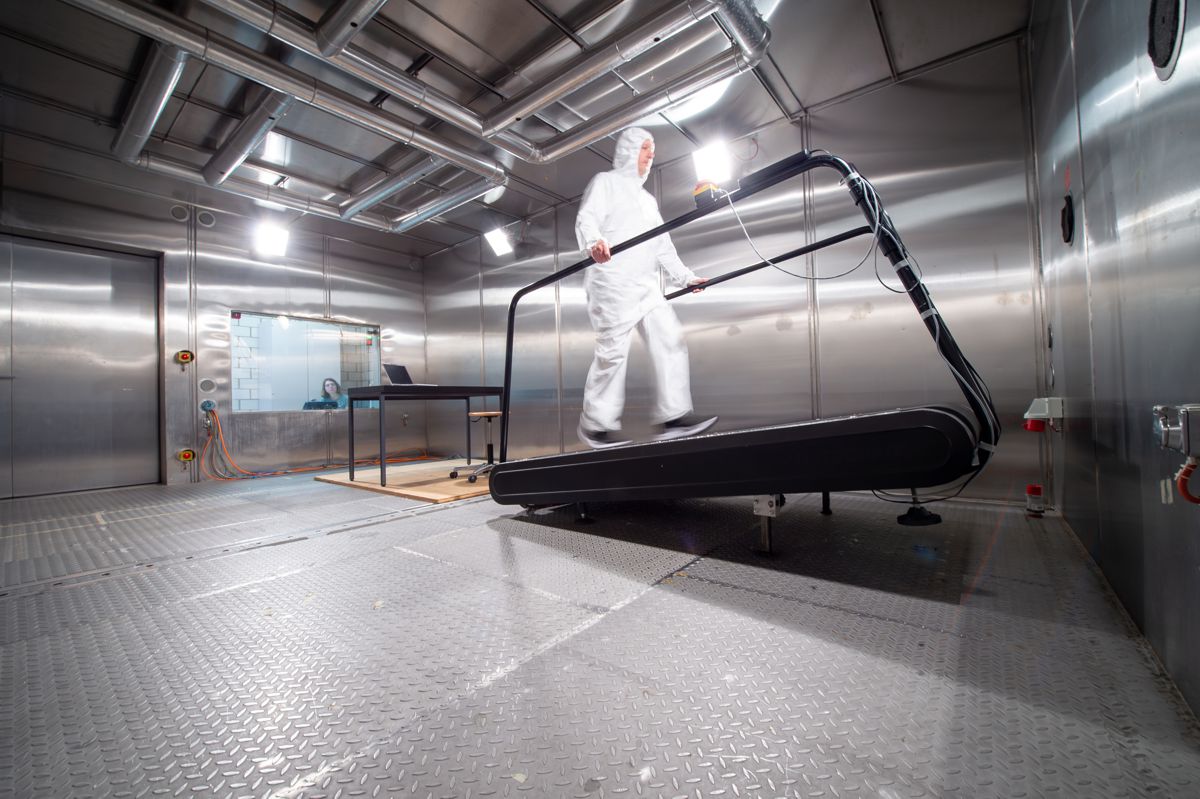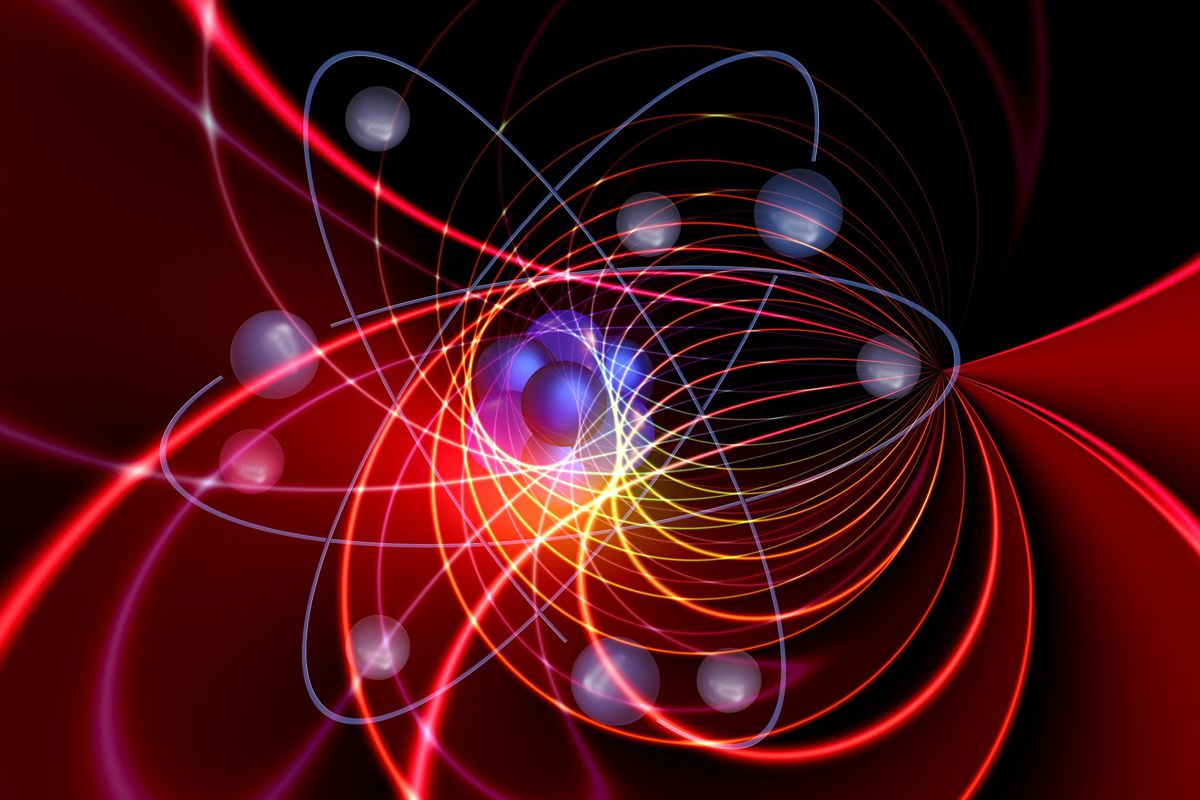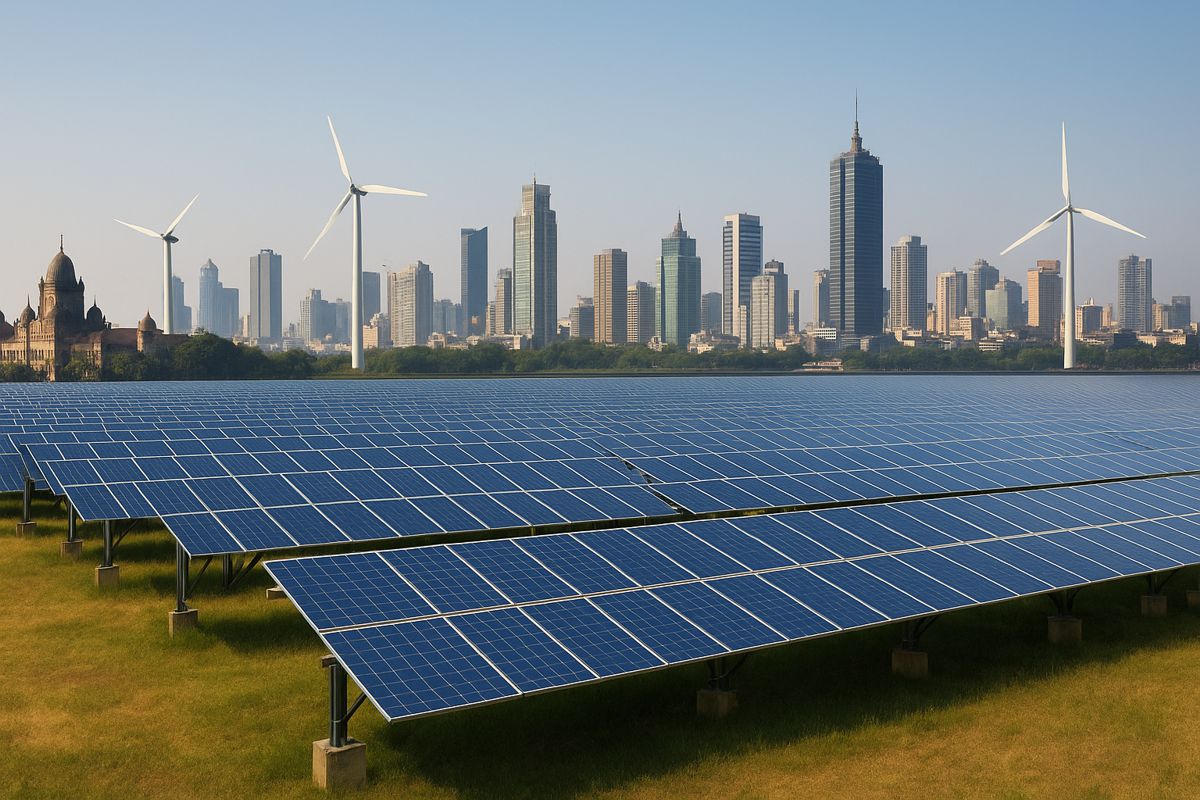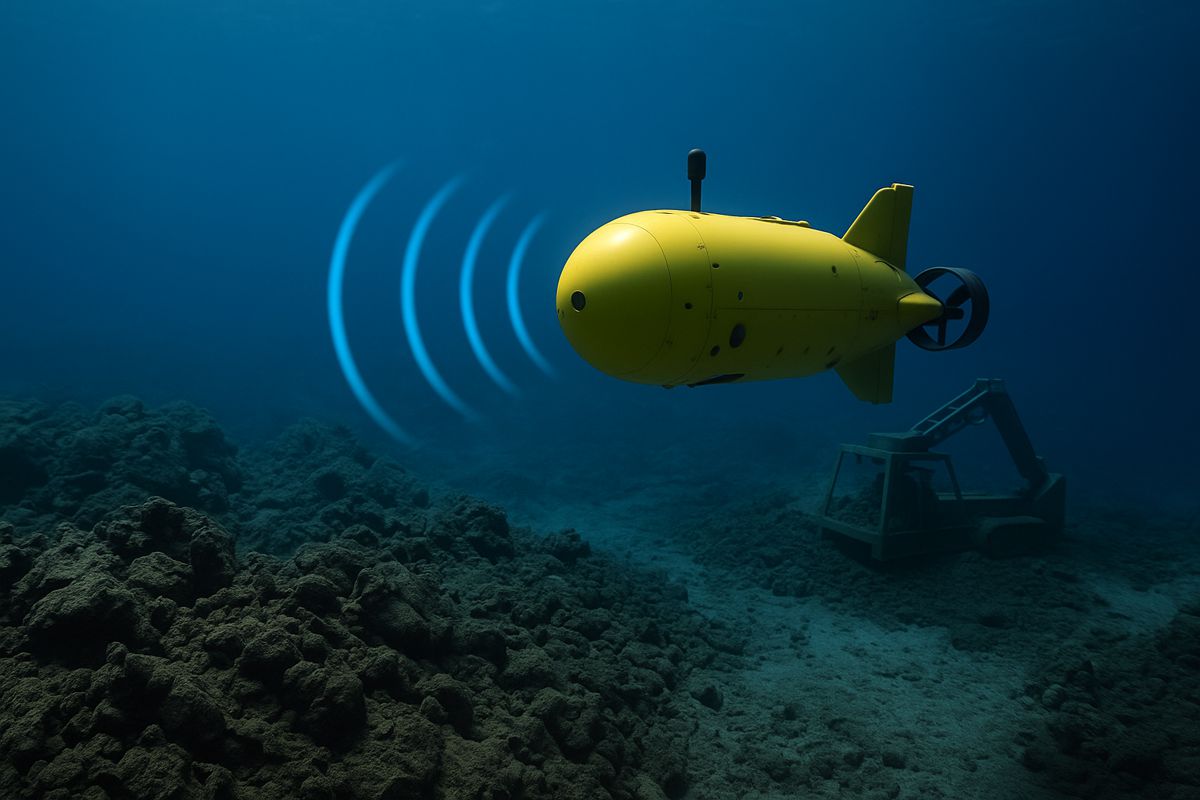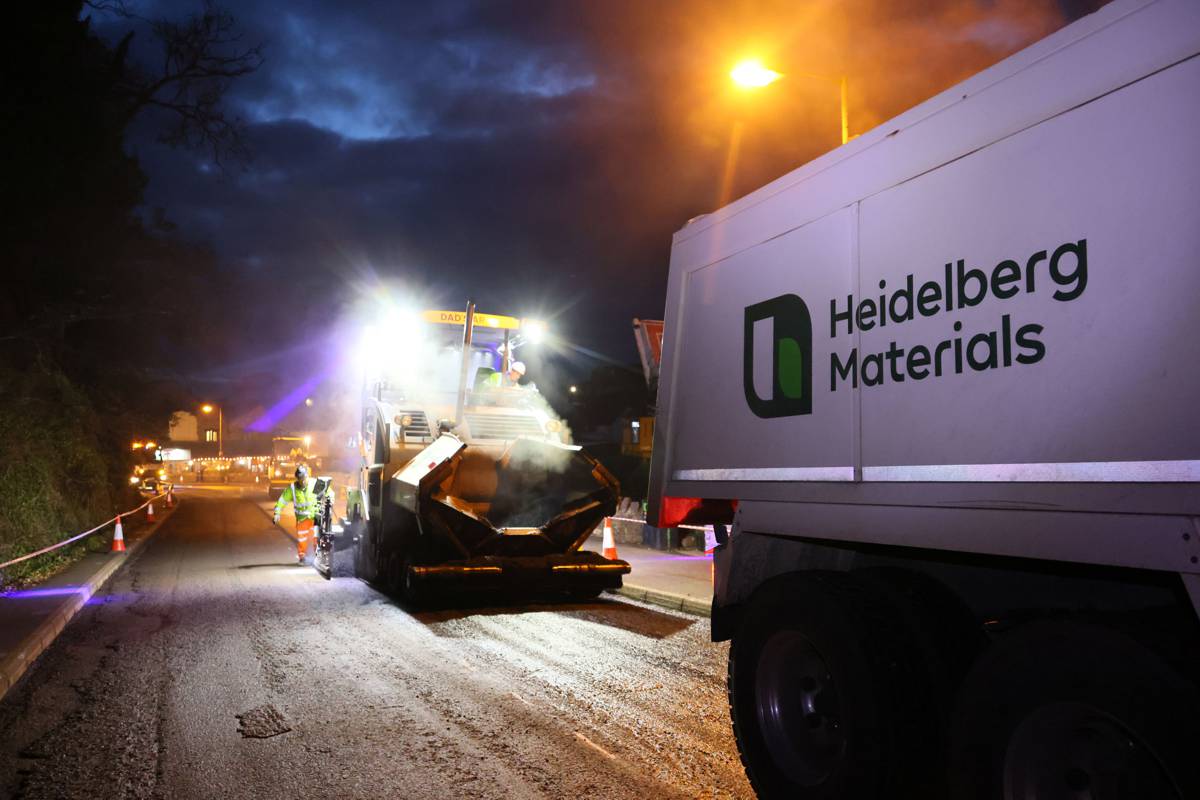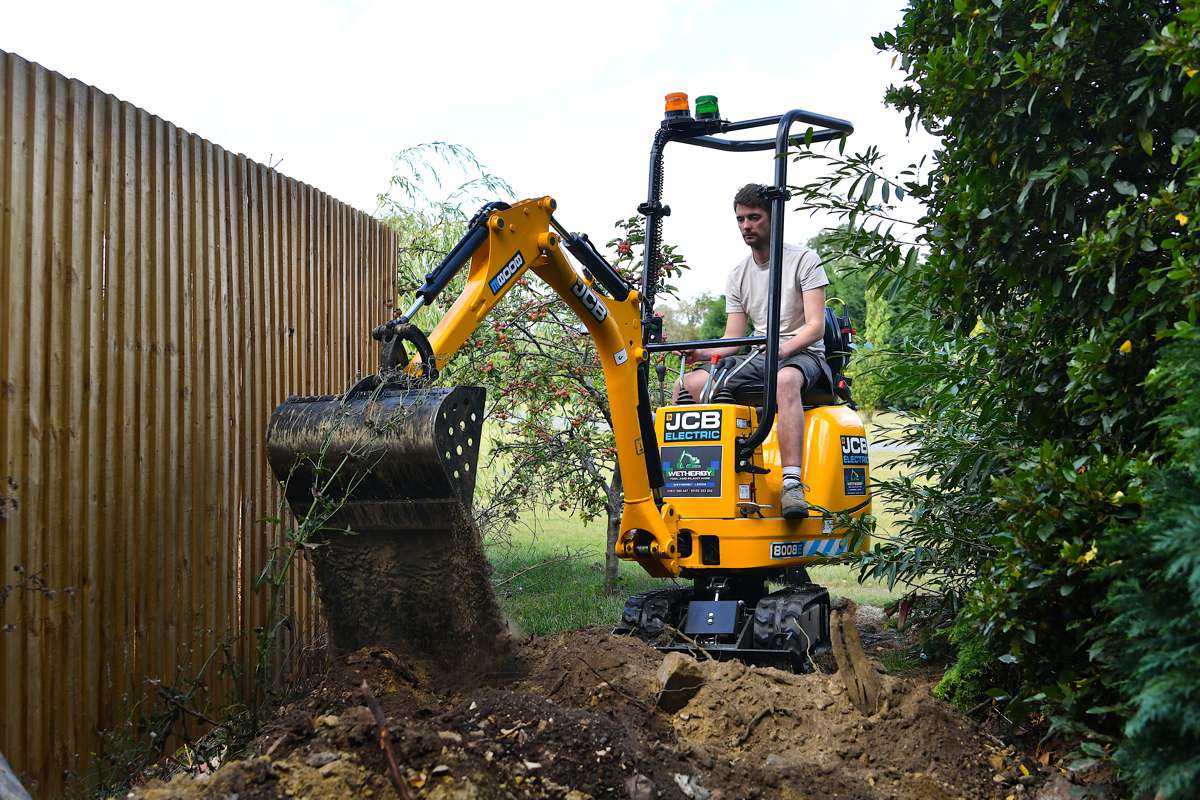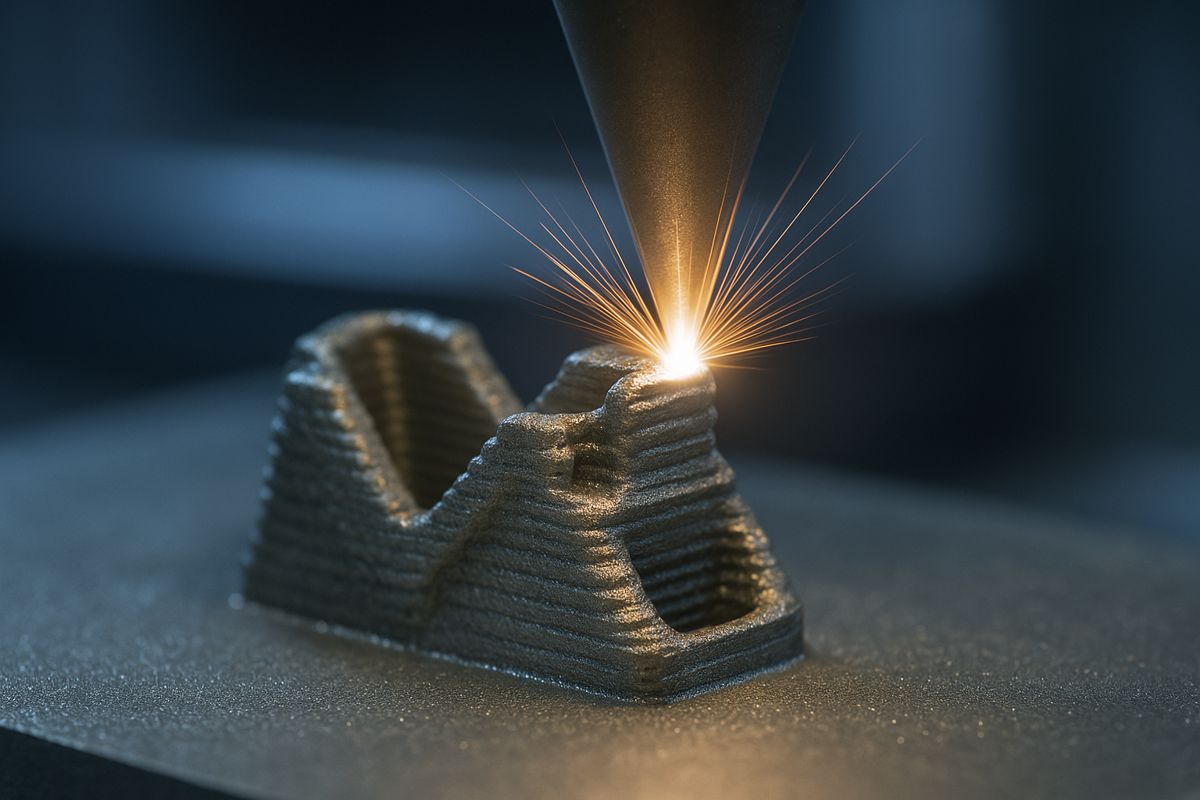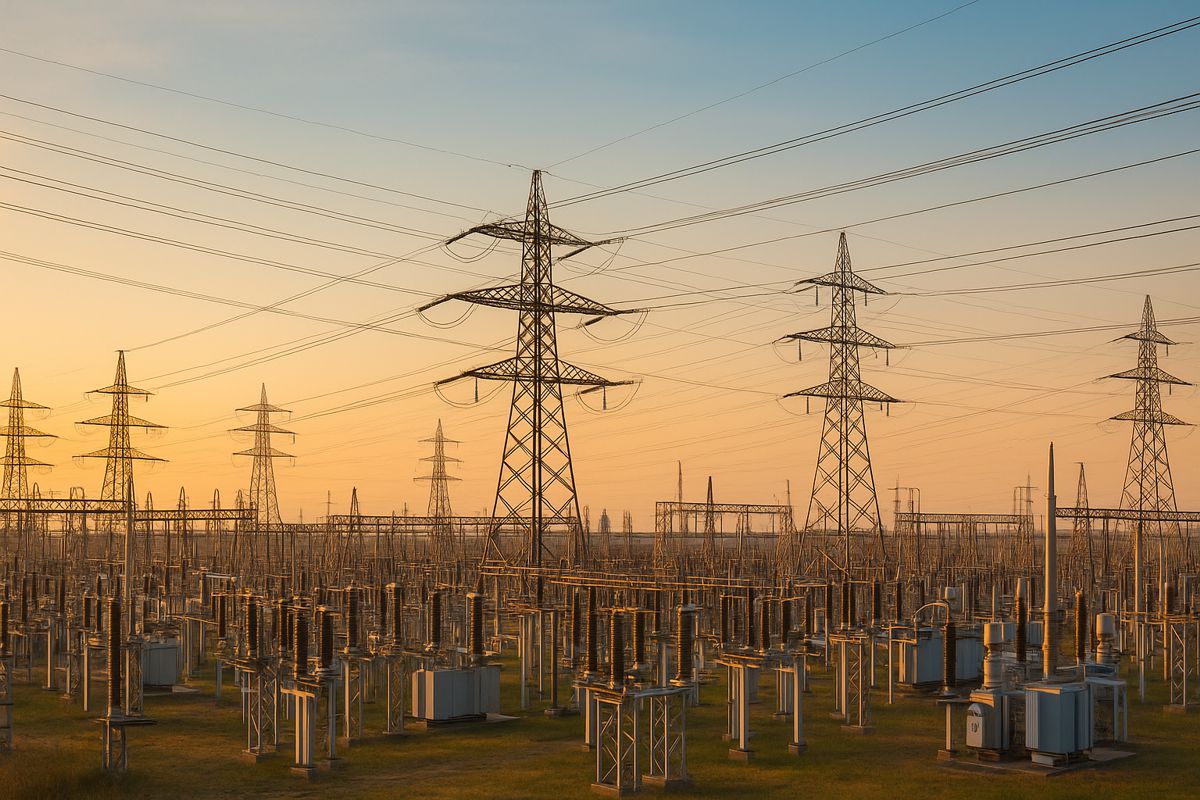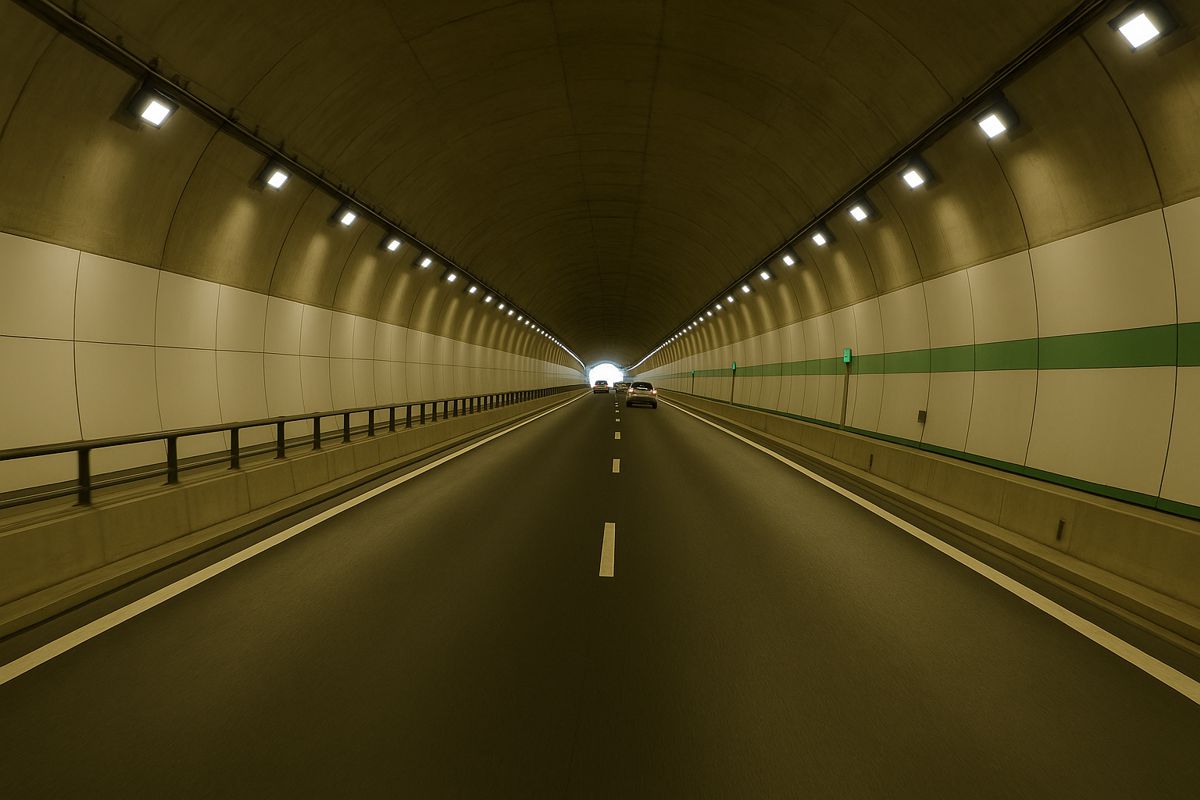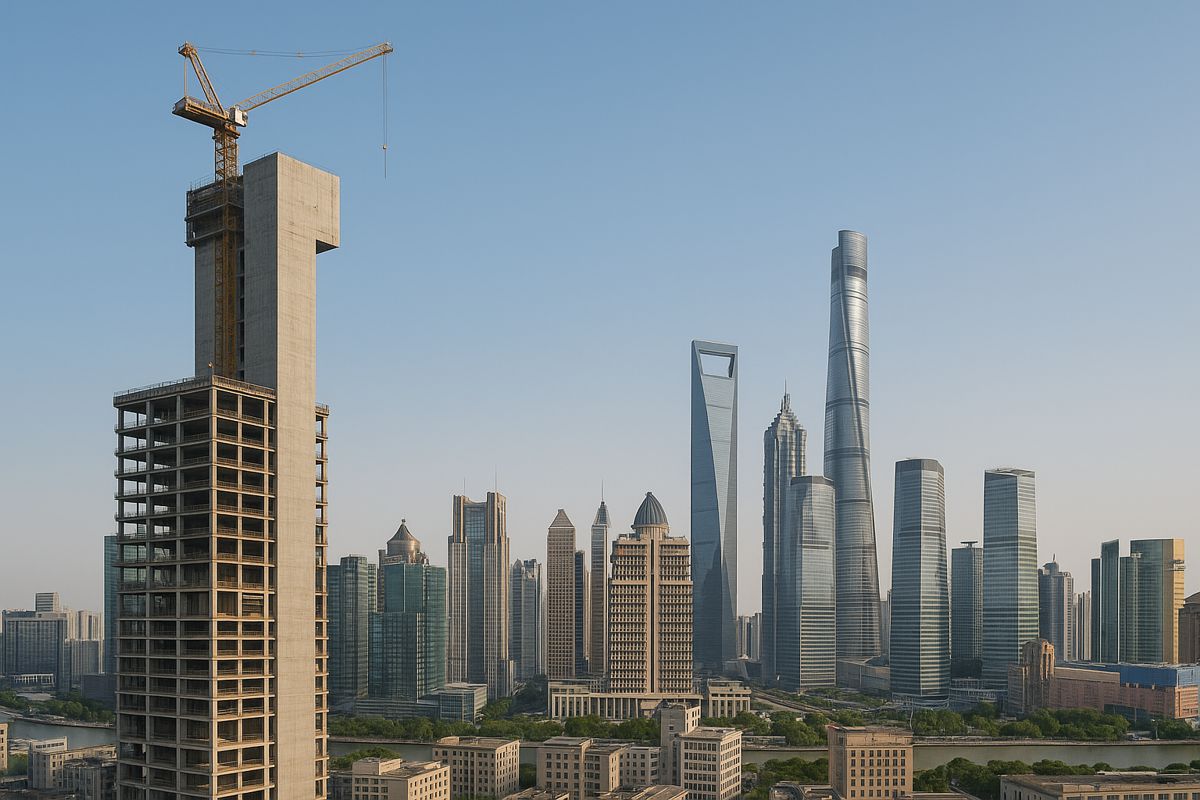Hydrogen-to-Heat Durability Test Passes 2,500 Hour Milestone
In a field where durability and emissions credentials are non-negotiable, HYTING has just hit a milestone few can match.
The 10 kW hydrogen heat generator, aptly named the HG10, has sailed through a relentless 2,500-hour durability test, simulating a decade of typical operation, with zero breakdowns and no evident wear on safety-critical components. That’s a headline that won’t fade soon in the decarbonisation stakes.
Durability Matters and HYTING Delivered
Durability isn’t just a box-tick for new heating tech; for investors, regulators, and building owners, it’s the bedrock of credibility. HYTING’s 2,500-hour test (January through July) aimed to replicate ten years’ worth of thermal stress in a laboratory setting. The fact it passed with flying colours, with no failures and no critical wear, which says as much about its engineering as its promise.
Then came the teardown inspections. No meaningful degradation of components, and certainly none of the safety-sensitive parts. That’s rare in prototype systems pushed to extremes. HYTING’s flameless catalytic heating design means it never produces CO₂, NOₓ, or particulate matter during operation, and those emissions were continuously monitored throughout.
Tim Hannig, HYTING’s Founder and Managing Director, put it succinctly: “The results of these third-party durability tests demonstrate the inherently long life and low maintenance requirements we’ve designed into our hydrogen heat generators. As well as proving their exceptional reliability, they’ve also proven their emissions-free capability, and that’s why we believe that our hydrogen technology can play a major role in helping to decarbonise the heating sector.”
The Technology at Work
HYTING’s core novelty is its flameless catalytic heat generation. Rather than burning hydrogen in an open flame, the system mixes hydrogen with ambient oxygen and passes the mix over a proprietary catalyst, triggering heat release at molecular scale. The genius? It avoids flame, NOₓ formation, CO, and particulate emissions, and dramatically improves safety margins.
Because there’s no flame, the thermal stresses are also more uniform. That likely contributed to the stellar durability outcomes: lower thermal gradients, fewer hotspots, and reduced fatigue. For buildings, manufacturing facilities, or process plants, that matters. You don’t want heating systems that degrade faster than the rest of the plant.
Modular Scale, Broad Reach
The HG10 is just the start. HYTING offers (or plans to offer) modular units between 10 kW and 50 kW, with a 150 kW unit slated for 2026. These modular units are ideal for commercial or industrial space heating, peak-load supplementing, or process heat for applications reaching up to 300 °C.
In some sectors, especially automotive or mobility heating, these systems can function as auxiliary heaters. One compelling feature: the modular design allows units to be ganged for larger demand. No need for a single oversized system.
Strategic Partnerships, Certification, and Market Readiness
The durability test is just one pillar of HYTING’s roadmap. Others are equally critical: regulatory certification, manufacturing scale, and early market adoption.
In March 2025, HYTING secured Gas Appliance Regulation (GAR) certification via independent testing at Kiwa’s laboratories. That clears a regulatory barrier for EU field test deployments. Hannig commented: “We’re very proud that we can now call our innovative hydrogen heat generators ‘GAR-certified’ because this demonstrates to our customers and investors that our technology is not only safe, but also market-ready.”
On the partnerships front:
- HYTING has linked with ebm-papst to co-develop and scale the units, leveraging its hydrogen-capable gas technologies and facilities.
- It has a manufacturing partnership with Kampmann, renowned for its HVAC expertise and scalable production.
- The first customer is Flusys, with an initial deployment slated at its pump manufacturing plant in Offenbach.
- A regional partner, Verkade Klimaat, is set to expand market reach across Europe’s climate control sector.
With certification in hand and strategic backing, HYTING is now poised to shift from prototype to pilot installations.
Decarbonising Heating at Scale
Heating, whether space heating or process heat, is among the toughest sectors to decarbonise. HYTING’s approach offers a drop-in, emissions-free alternative to gas or electric boilers, particularly for buildings or processes that struggle with full electrification.
Because it emits only water vapour, it’s a credible path to net zero in carbon-intense sectors. In contexts where hydrogen is produced via renewables, the system becomes truly clean. Analysts caution, however, that the green potential hinges on the source of hydrogen.
Mitigating Peak-Load Issues and Hybrid Systems
HYTING’s heating units can function as a “boost” to heat pumps, covering short periods of high demand without oversizing systems.
This hybrid model lets building owners minimise capital and operating costs while maintaining robustness in cold snaps.
Investor Appeal and Industrial Scale
From a capital standpoint, investors want reliable, certifiable technology. The 2,500-hour durability test and GAR certification significantly de-risk the offering.
Strategic partnerships with established players like ebm-papst and Kampmann provide access to supply chains, volume manufacturing, and market credibility.
Policy and Regulatory Alignment
Governments aiming for net zero will need approved, scalable hydrogen heating options.
The GAR certification pushes HYTING into a bracket where regulators and utilities are more likely to permit trials and rollouts.
Caution Zones and Scalability Challenges
While HYTING’s test is impressive, real-world deployment brings new stressors: variable hydrogen purity, dynamic ambient conditions, maintenance in field, and integration with existing systems. Long-term performance in multi-year deployments remains to be proven.
The cost of hydrogen also remains a hurdle; unless hydrogen prices fall, economics may depend on policy support or carbon pricing.
A Warm Outlook Ahead
HYTING’s milestone is not just a badge of engineering: it’s a signal. The heating sector, long dominated by gas, oil, or electric boilers—is beginning to see credible competition from hydrogen solutions. With durability data, regulatory clearance, and strategic alliances, HYTING is stepping into the hard zone of market validation.
Assuming it can replicate this performance in field trials, the path looks promising. For firms, industrial operators, investors, and policymakers, it’s no longer a question of if hydrogen can play a role, but where and how it will reshape heating systems globally.
